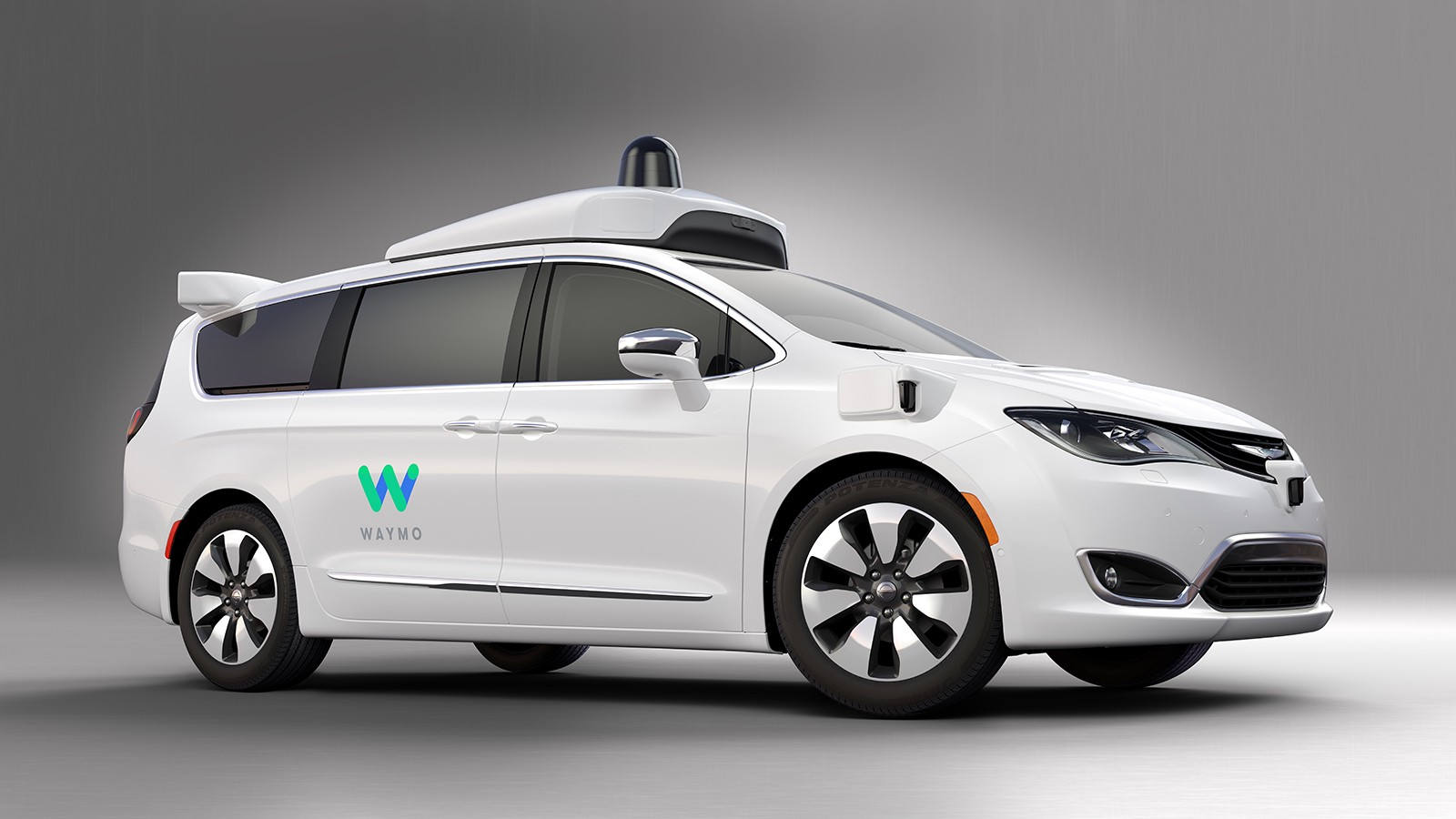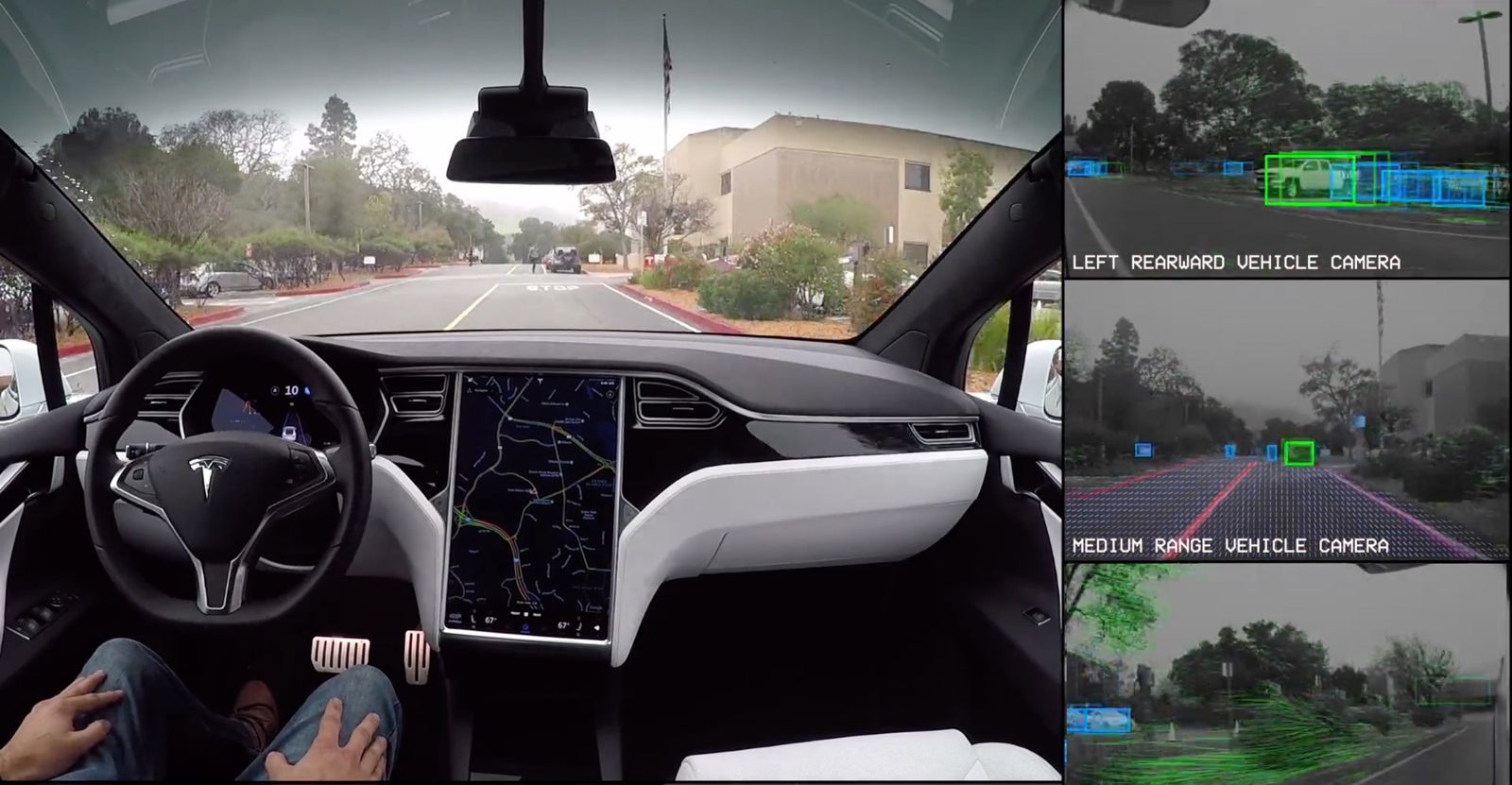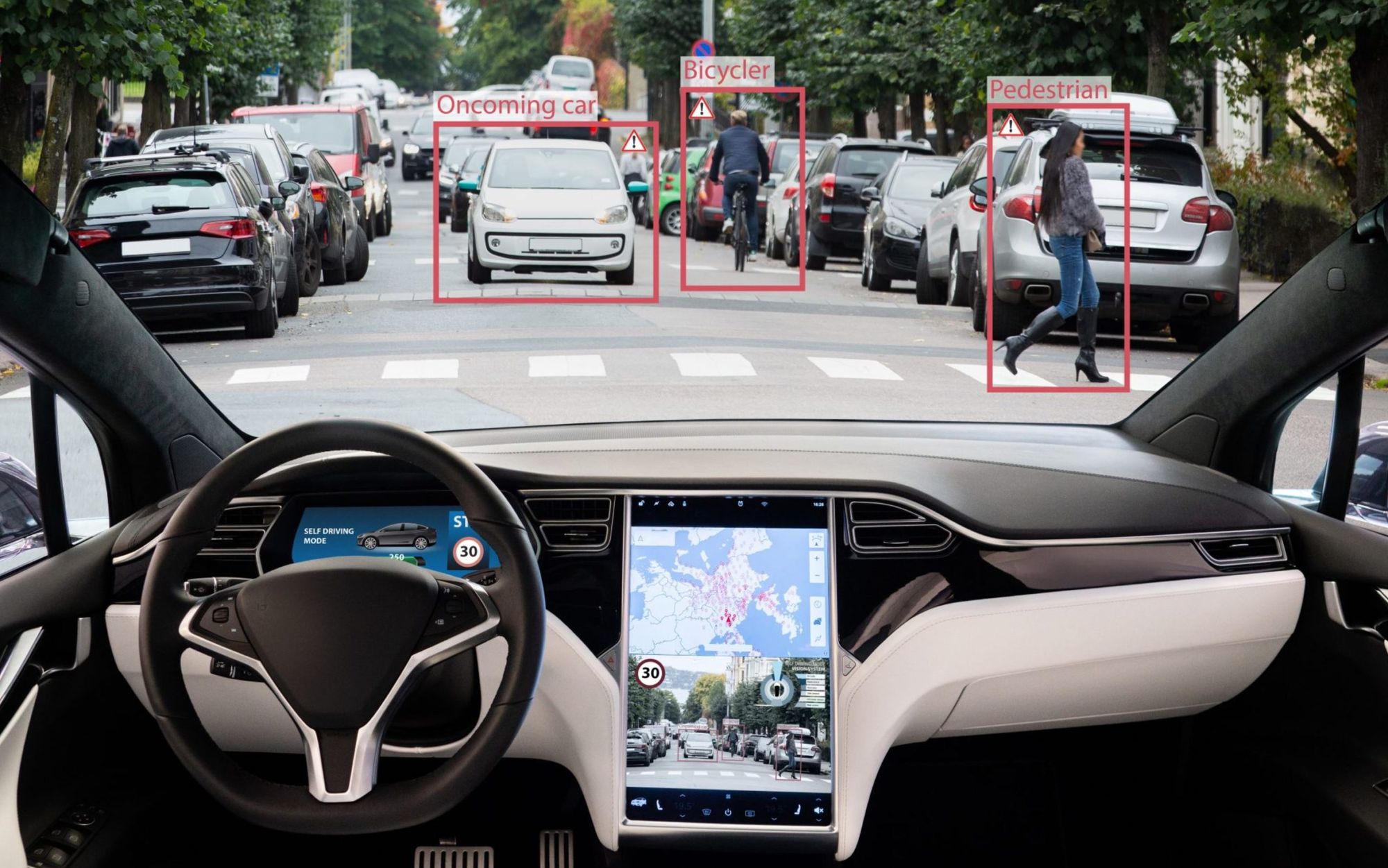Cybercars Revolution: Exploring the Exciting Realm of Autonomous Vehicles
Get ready to buckle up for a wild ride through cybercars! Explore the ins and outs of autonomous vehicles and the future they hold.

In this article, we will explore the exciting world of autonomous vehicles, delving into the technology behind them, their challenges, and their potential impact on society.
The Tech Behind Cybercars
a. Sensing the World
Autonomous vehicles rely on a combination of sensors, such as lidar, radar, and cameras, to "see" and interpret their surroundings. These sensors collect data, which is then processed by the vehicle's onboard computer system.
b. Making Sense of It All
Machine learning and artificial intelligence (AI) enable cybercars to analyze the data collected by sensors, make decisions, and navigate the environment. These technologies allow vehicles to learn from their experiences and improve over time.
The Challenges of Unleashing Cybercars
a. Safety First
The debate over the safety of autonomous vehicles is ongoing. While they have the potential to reduce human error, it's essential to ensure that their systems are reliable and secure to prevent accidents.
b. Infrastructure and Legislation
For cybercars to become mainstream, infrastructure must be adapted to accommodate them. Governments must also develop regulations and guidelines to ensure autonomous vehicles' safe and efficient integration into the transportation system.
Case Studies: Cybercars in Action
a. Waymo
Waymo, a subsidiary of Alphabet Inc., is a pioneer in developing autonomous vehicles. The company has made significant strides in advancing the technology and has already deployed self-driving cars in select cities for testing purposes.

b. Tesla
Tesla's Autopilot system pushes the boundaries of autonomous vehicle technology. While not fully self-driving, it offers advanced driver assistance features. Elon Musk, Tesla's CEO, envisions a future where Tesla vehicles are entirely autonomous.

The Road Ahead: A Future with Cybercars
a. The Potential Impact on Society
Autonomous vehicles have the potential to transform transportation, alleviating traffic congestion and reducing emissions. However, widespread adoption will also lead to new challenges and opportunities.
b. Challenges and Opportunities
The rise of cybercars could lead to job losses in industries like trucking and taxi services, but it may also create new opportunities in technology, maintenance, and other sectors. Additionally, ethical considerations must be addressed, such as determining responsibility in case of self-driving car accidents.
In conclusion, autonomous vehicles hold the potential to revolutionize transportation, but challenges remain. As we navigate the road ahead, balancing the potential benefits with the need for Safety, infrastructure adaptations, and ethical considerations is crucial.
Cybercars Unleashed - A Brave New World
As we conclude our journey into the realm of autonomous vehicles, it's evident that the world of cybercars presents both immense potential and significant challenges. Numerous obstacles exist, from safety concerns to infrastructure adaptations, before we can fully embrace a future with cybercars on our roads.
However, the potential benefits are too compelling to ignore. The promise of increased Safety, reduced traffic congestion, and decreased emissions could lead to a more efficient and environmentally friendly transportation system. As companies like Waymo and Tesla continue to push the boundaries of autonomous vehicle technology, it's crucial that we, as a society, keep pace with these developments and consider the ethical implications they bring.

In the end
The successful integration of cybercars into our daily lives will depend on our ability to balance the opportunities they present with the challenges they pose. With careful planning, collaboration, and open-mindedness, we can pave the way for a future where cybercars are unleashed, transforming transportation as we know it.
Now, we want to hear from you. Are you excited about the future of autonomous vehicles? Share your thoughts, concerns, and hopes in the comments below. And don't forget to share this article with fellow tech enthusiasts – let's keep the conversation going!





